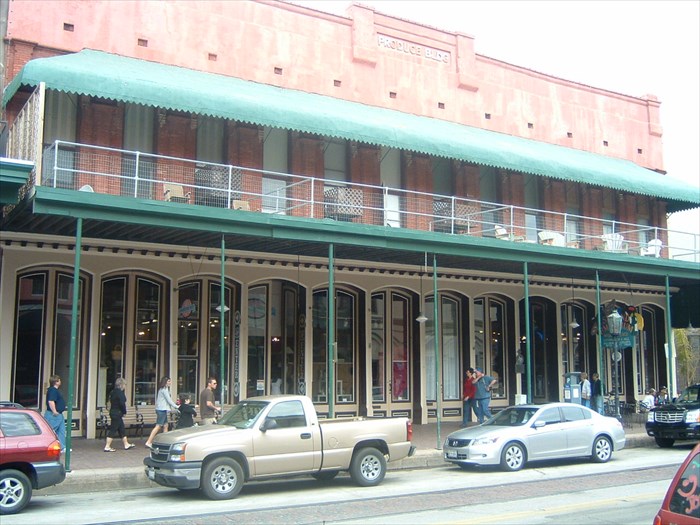Mrs.
Rice’s mind was affected by the stroke, and urged by lawyer Orren Holt, she
made out a new will. Instead of leaving everything to her husband, she
distributed large sums far and wide to relatives and causes of her own
choosing. She would have the will filed in Texas, where her estate would be
entitled to half her husband’s considerable fortune. Holt was executor, for
which he would receive the enormous sum of $100,000.
Rice
himself meanwhile knew nothing of this new will and was devoted to the idea of
establishing an institute in Houston to be known as the Wm. M. Rice Institute
of Literature, Science and Art, and to which he would leave his entire fortune.
The institute was incorporated in Austin, and Rice’s attorney, James A. Baker,
Jr., chaired the board.
After
a second stroke, Elizabeth Rice died and the will was filed. Rice was shocked.
If the will stood, he would not have the funds to establish his institute. He
appealed, and the case hinged on residency. Rice claimed his wife’s primary residence
was in New York and the will was not valid in Texas.
Rice,
now an octogenarian, established himself in an apartment in New York City, with
one Charlie Jones as his man servant. He had Houston businessman Emanuel
Raphael looking after the institute’s business and a young but highly capable
Arthur Cohn handling all other business affairs in Houston.
It
began to look as if Mrs. Rice’s lawyers were not going to be able to establish
her Texas residency, so Holt hired Albert Patrick, an unsuccessful and
unscrupulous lawyer, disbarred in Texas, to investigate in New York City.
Patrick befriended Charlie Jones and convinced him he had earned a legacy from
Rice. Slowly, he drew Jones into a complicated scheme of forged wills and
correspondence, had him convince Rice to take mercury pills for his digestion,
and finally convinced the gullible Jones to smother his already-weakened
employer with chloroform.
The
story gets even more exciting after Rice’s death when newspapers had a field
day with the story of the millionaire who, in life, had shunned publicity. But
read it for yourself in the new edition of the 1972 biography, William Marsh
Rice and His Institute, edited by Randal Hall, written by Sylvia Stallings
Morris, and based on the research notes and papers of Andrew Forest Muir.
You
can guess the outcome, of course: Rice University is today one of the nation’s
leading universities. But how its legacy was saved by one determined lawyer and
what happened to the villains makes pretty interesting reading. It’s as good as
a lot of modern-day whodunits.
Written
By: Judy Alter
Judy
Alter is the author of the Kelly O’Connell Mysteries, Skeleton in a Dead Space,
No Neighborhood for Old Women, and the forthcoming Trouble in a Big Box, as
well as the Blue Plate Mysteries which will debut in January. For twenty years,
she served as director of TCU Press.














.jpg)












